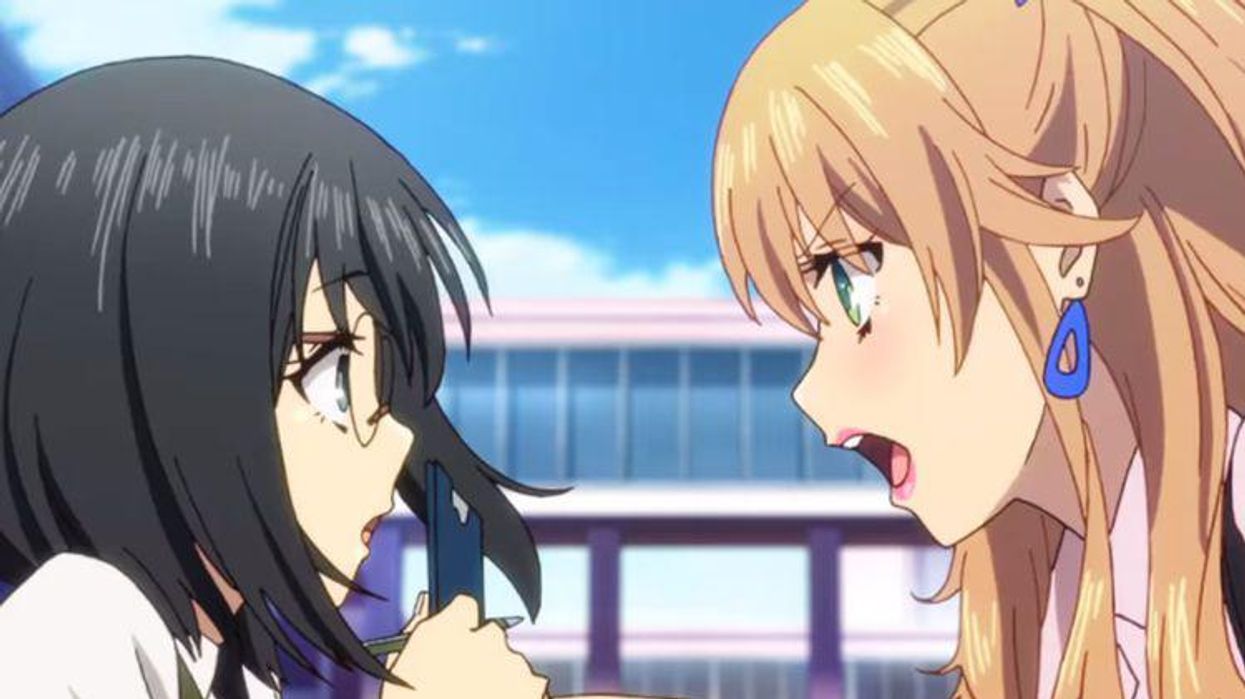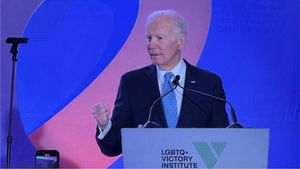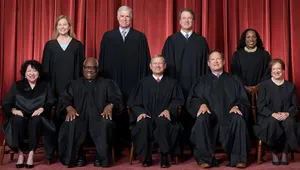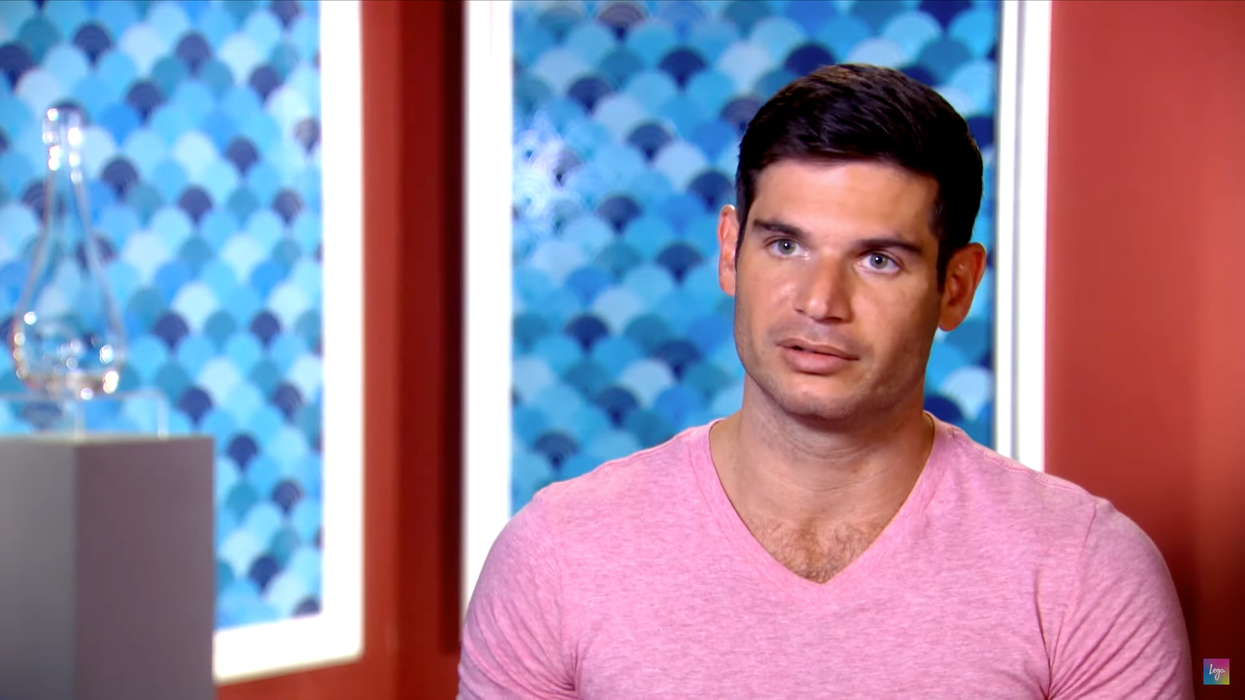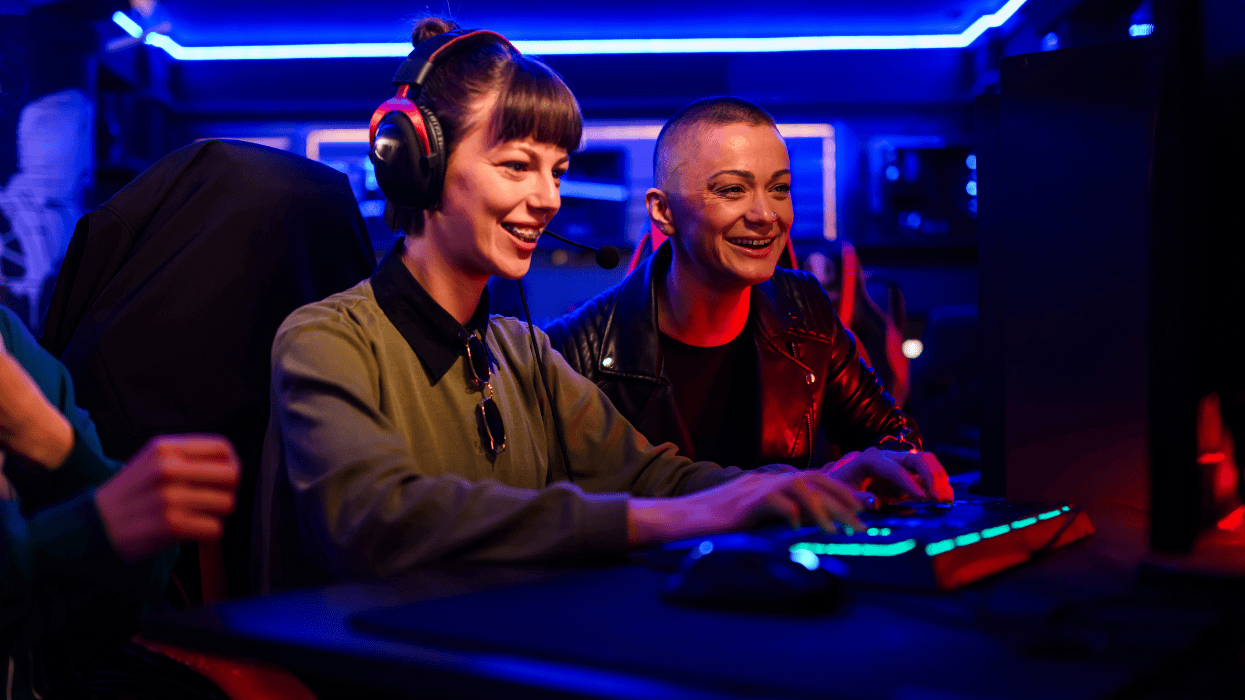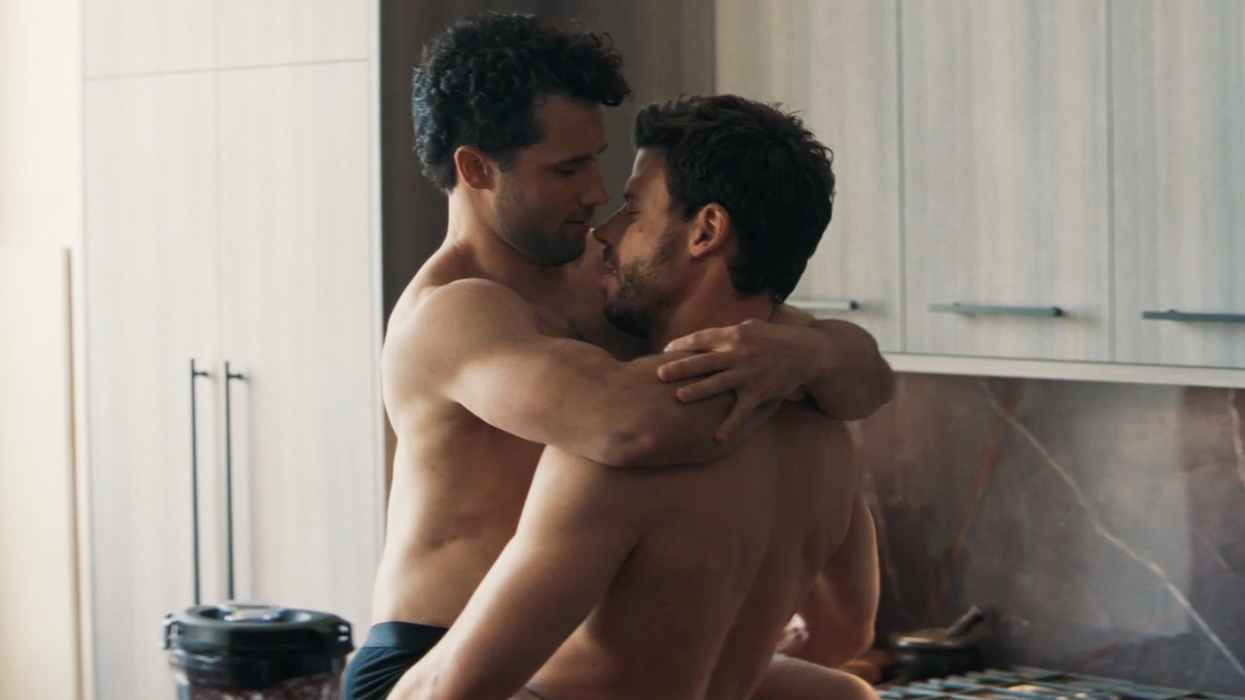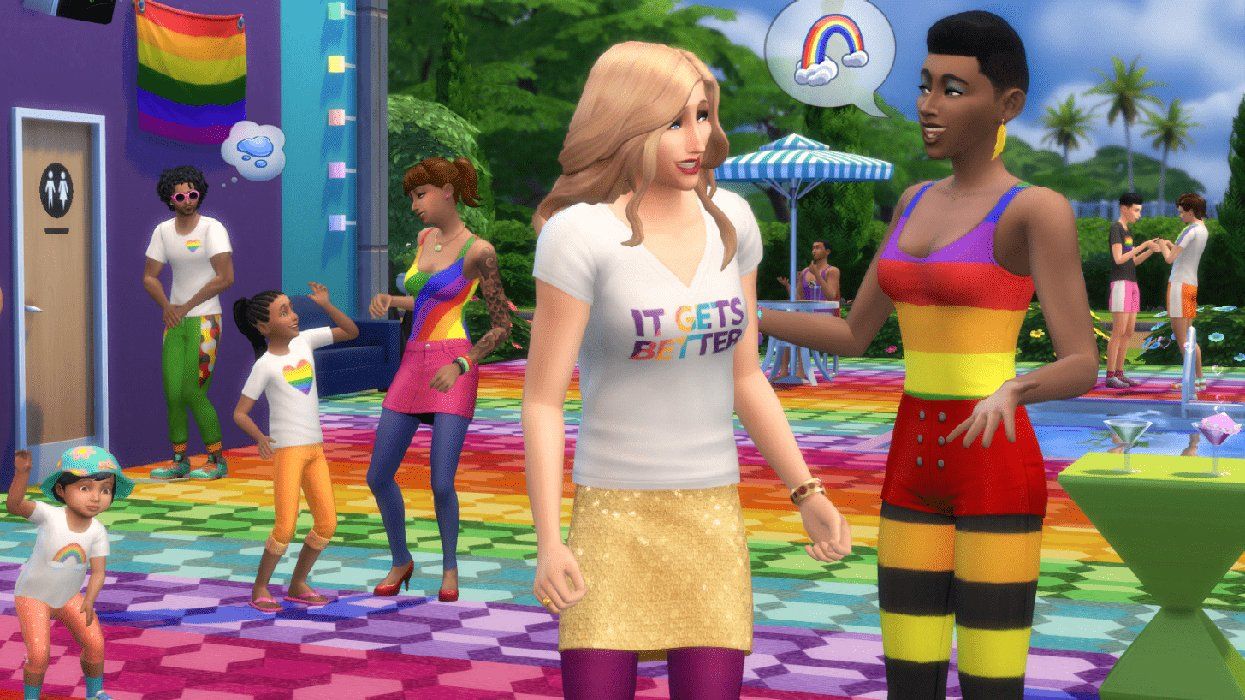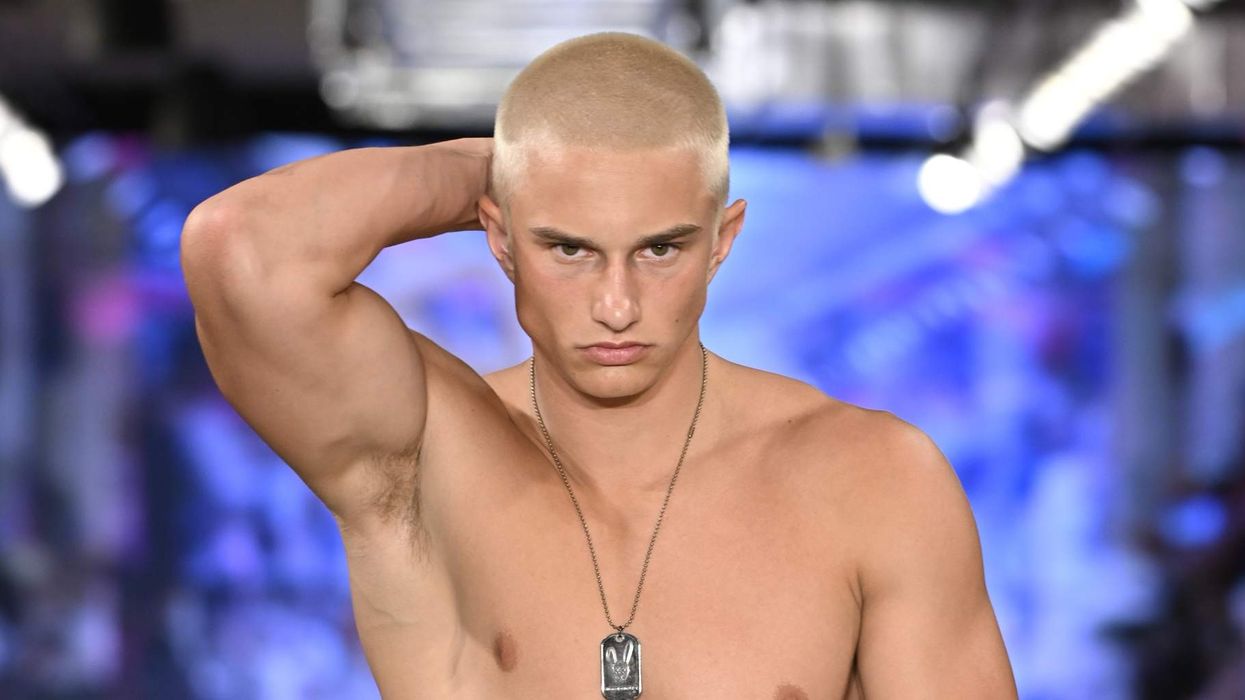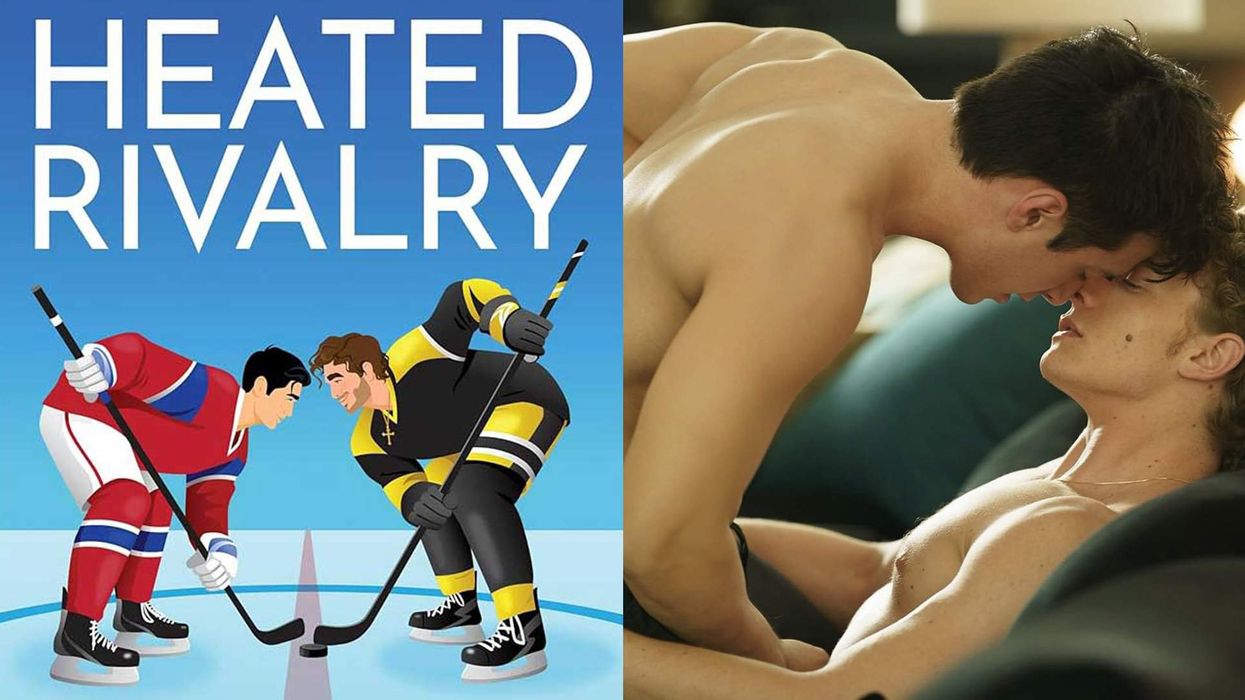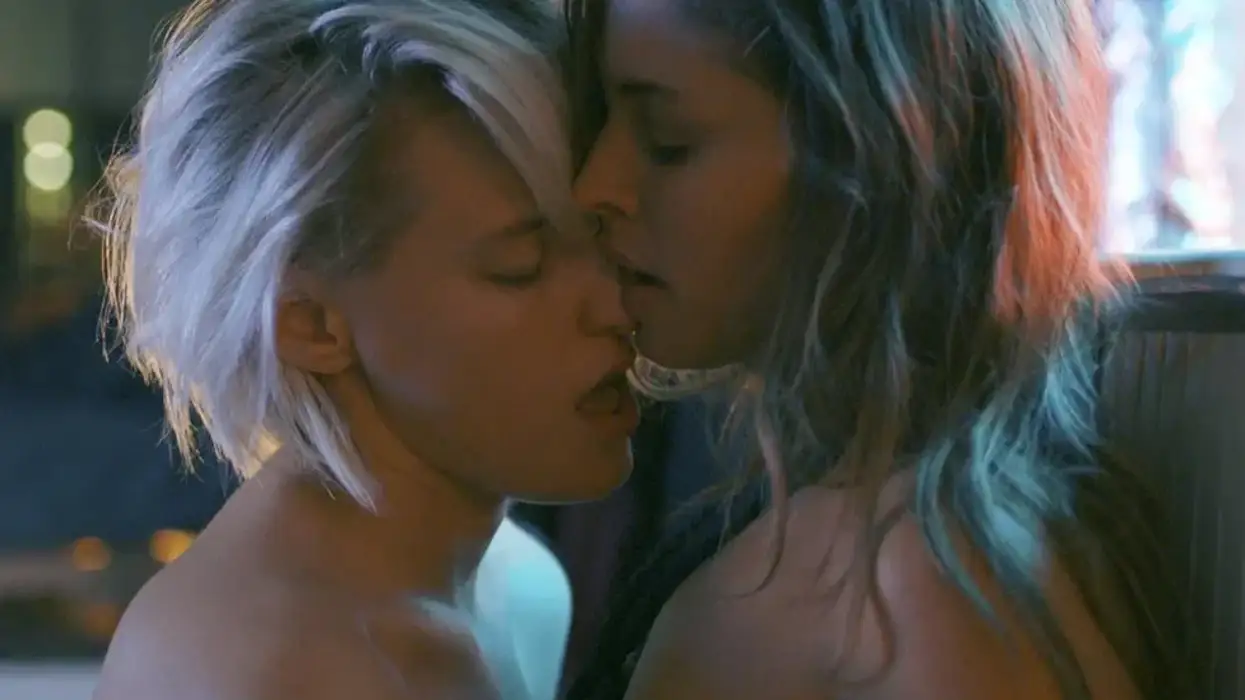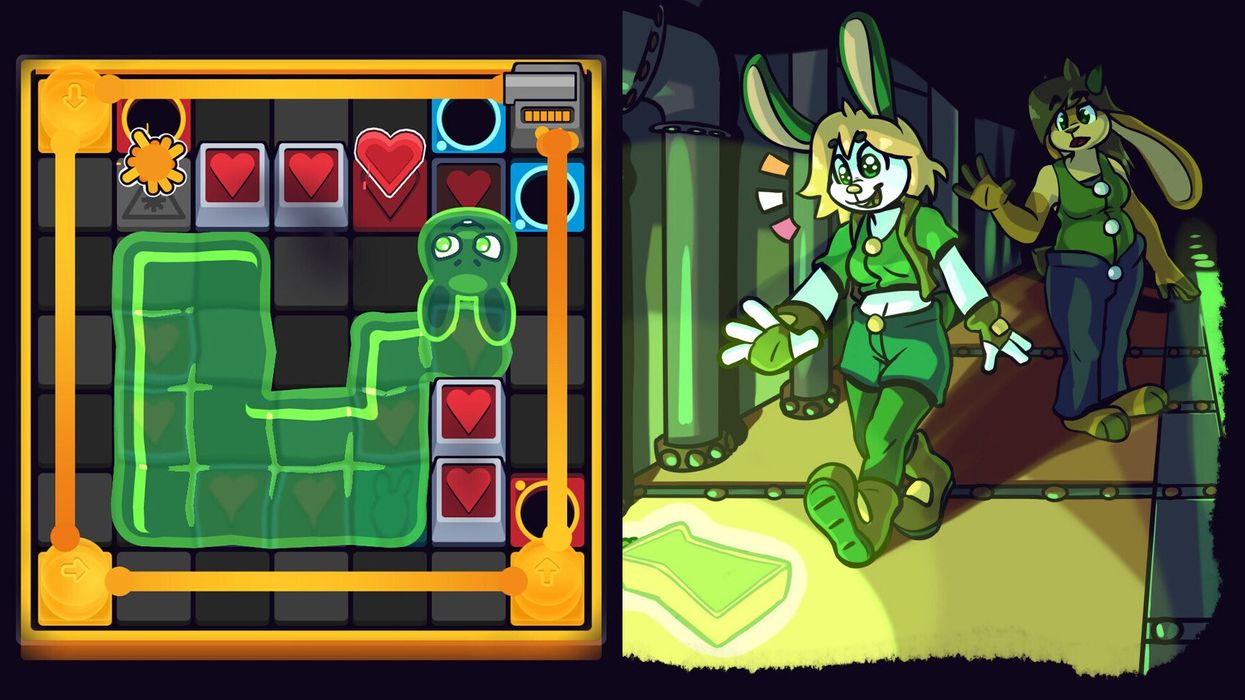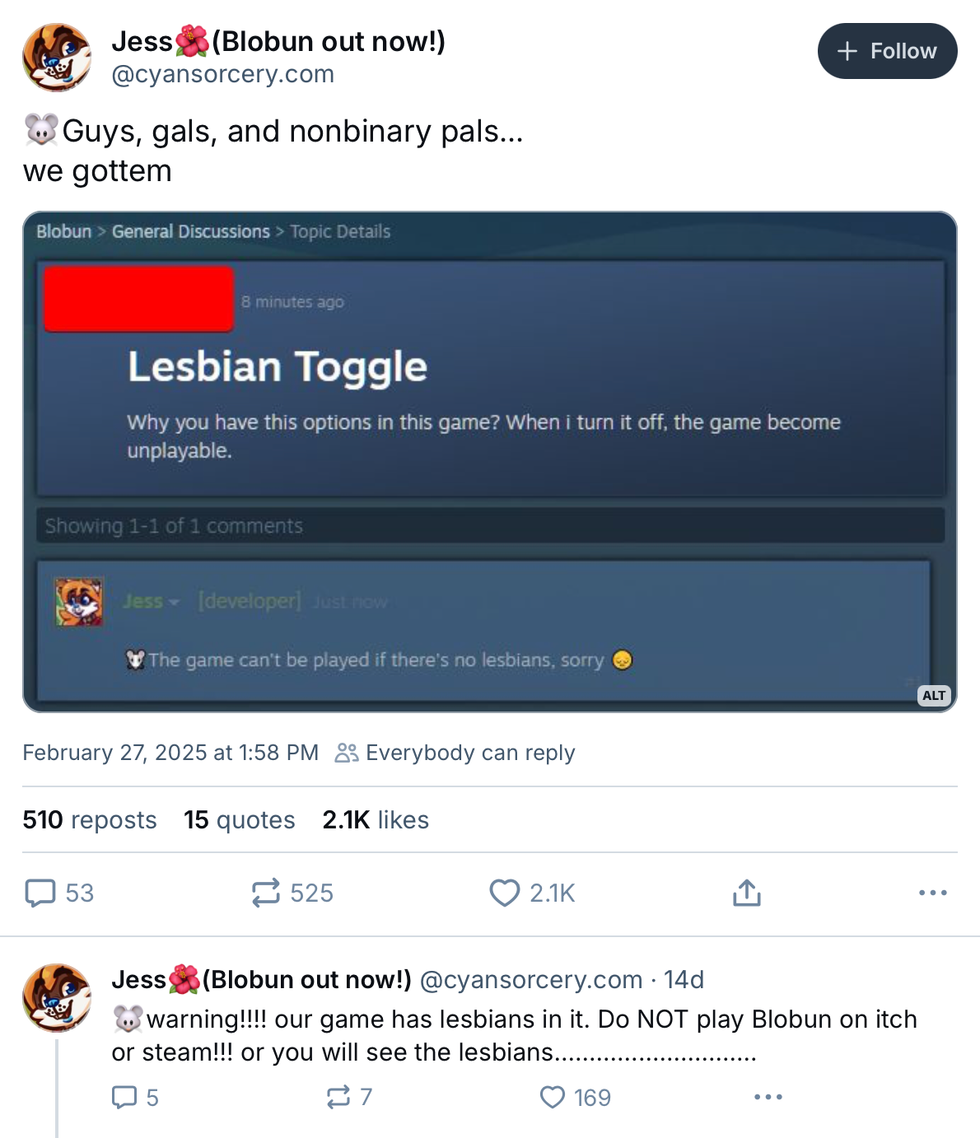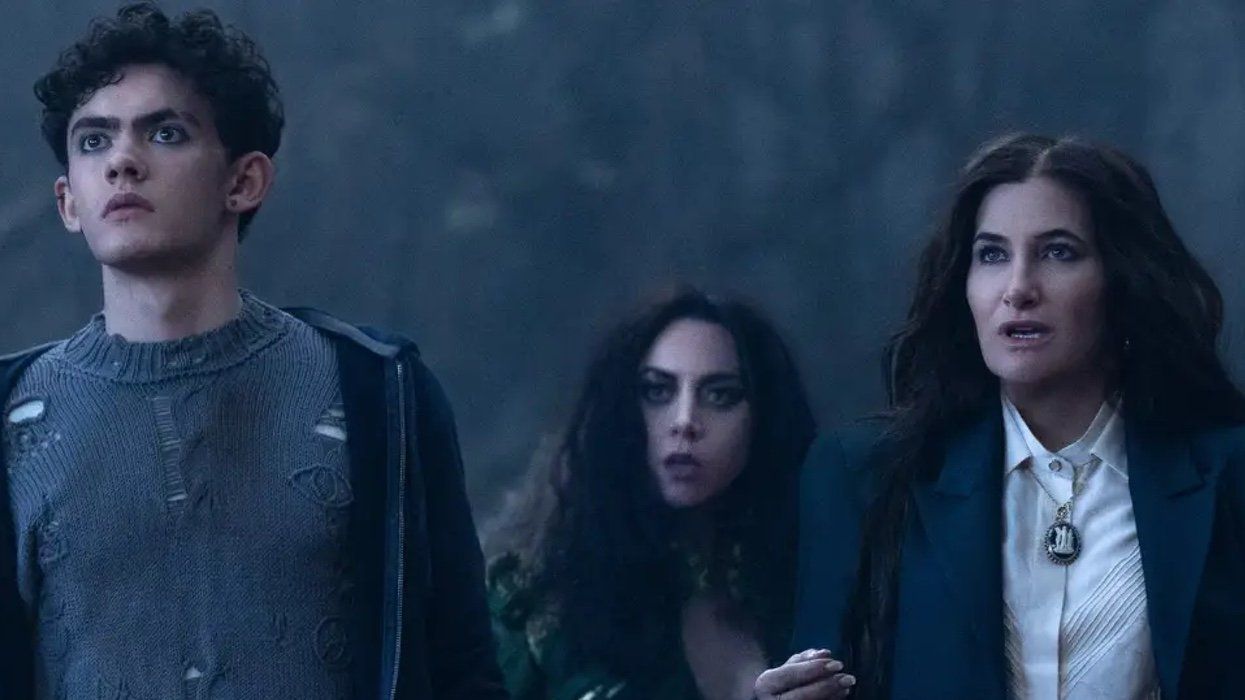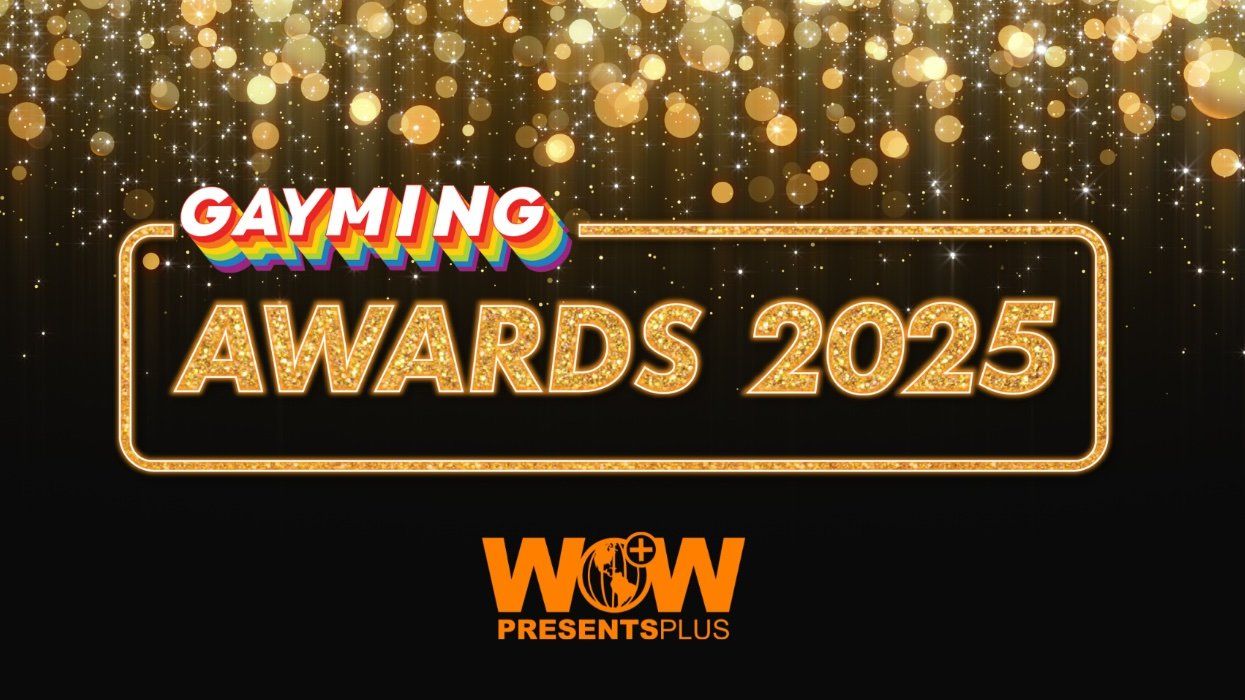Since its international boom in the '90s, anime has been an enjoyable pastime for many American viewers, especially queer viewers. Classics titles like Sailor Moon and Ranma 1/2 have sparked queer awakenings in countless fans across the country, and while contemporary, queer anime has never been more popular, the medium also has a history of problematic portrayals of queer characters that persist to this today—and we need to talk about them.
Although there are cultural differences between America and Japan, the portrayal of queer characters in anime are still worth critiquing because they impact how queer people are seen by others, and in turn, how queer people see themselves. A good example would be the recent, hit anime series Citrus, a yuri (i.e. lesbian-themed, girl's love) title whose lighthearted fun is belied by its use of sexual assault for drama. Given how sexual assault within the LGBTQ community is already stigmatized, having an anime series use it for shock value is deeply, deeply insensitive.
On top of having problematic portrayals in anime we know are queer, we also have to deal with queer subtext. One of the most popular examples of this is the anime series Yuri!!! on Ice. There has been discussion as to whether the main characters of series, Yuri and Victor, are queerbaiting viewers because they are never confirmed as queer in the series. As a result, deciding whether or not anime characters are queer is up to how the viewer defines queerness.
In addition to anime's issues regarding queer romance, trans and non-binary characters have also gotten the short end of the stick. Trans and non-binary characters are often referred to as "traps," a slur that involves a character's assigned gender revealed and considered a trick. Some anime characters considered traps are Naoto Shirogane from Persona 4 and Saika Totsuka from My Teen Romantic Comedy SNAFU.
Although having trans and non-binary characters as "traps" is played for laughs, trans people in the real world are often murdered because people feel they were "tricked" by them. Writer Alexis Sergio discusses "traps" in anime further, describing how the depictions of trans people in anime relates to the ill treatment of trans people in Japan.
If trans women and men are depicted as traps in anime, then non-binary characters are usually totally invisible. When anime series are translated with English subtitles, anime characters with no confirmed gender are often given male or female pronouns (like Kino from Kino No Tabi: A Beautiful World and Hange from Attack on Titan). Newer shows, like Land of the Lustrous, are just now starting to push back against the taboo of using gender neutral pronouns.
For longtime queer anime fans, the questionable nature of the medium might be disheartening, especially given that the problematic depictions can be seen in older anime as well as contemporary ones. (Even beloved anime such as Sailor Moon isn't immune to issues.) But it is possible to enjoy something while critiquing it. In fact, there is an entire generation of American creators that grew up with not-so-perfect anime and decided to make something new based on their interpretations and critiques.
Inspired by her love of Sailor Moon and her experiences as a Black, queer woman, author Briana Lawrence created the magical girl novel magnifiqueNOIR. Another creator, Rebecca Sugar, combined influences from Sailor Moon and Revolutionary Girl Utena to make the popular and critically-acclaimed Cartoon Network series Steven Universe.
In the end, queer anime is one of those problematic favorites lots of people have. Stereotypes and subtext abound and it can sometimes feel like we have to settle for not-so-great entertainment because it's better than no entertainment. But the more we critique it, the better the chance that it can change for the better. Whether through a new series from Japan or an American take on iconic characters, queer anime sure is entertaining—for better or worse.
